Ubehebe Crater
A massive hydrovolcanic explosion left a half-mile wide crater in Death Valley.
When searing magma surged up through a fault below Death Valley, it raced upwards until it hit groundwater. The magma flashed the water into steam, creating a thunderous explosion that covered the surrounding landscape with cinders and left a series of craters in its wake.
Witnessing the formation of Ubehebe Crater would have been a spectacular sight. The hydrovolcanic eruption caused a tremendous steam explosion that sent up a mushroom cloud. As the cloud of rock and steam collapsed, it forced out debris at some 200 miles per hour, to a distance of a few miles.
It would have taken the equivalent of about 100 Olympic-size swimming pools to generate enough steam to produce Ubehebe Crater, according to the geologist Brent Geohring. The resulting crater stretches half a mile across, to a maximum depth of 777 feet.
Ubehebe wasn’t the only crater created by this hydrovolcanic activity. At least 12 smaller pits, known as maars, dot the landscape around Ubehebe. One spatter cone, known as Little Hebe, sits just to the south of Ubehebe.
Dating these hydrovolcanic explosions, and therefore the age of the craters, has been a source of much debate. Geologists initially dated the formation of Ubehebe and surrounding craters at between 2,000 and 7,000 years old, with Ubehebe being one of the youngest. But a study in 2012 came up with some surprising results: the craters were the result of a series of explosions that occurred between 800 and 2,100 years ago, much more recently than previously thought.
That meant that the last eruption was recent enough to surmise that this area could become volcanically active again. Groundwater could still exist in sufficient qualities for another huge magma-induced explosion to rattle the northern half of Death Valley.
Visitors, however, need not fear. Any potential repetition of explosive activity would almost certainly come with sufficient warning, from both increased hydrothermal and seismic activity.
Know Before You Go
Three major trails lead around and into the crater, some passing other craters including Little Hebe. Walking to the bottom of Ubehebe is fairly easy, but prepare yourself for an exhausting walk back up. If you don’t like walking, you can park your car at the top of Ubehebe and enjoy the views from there.

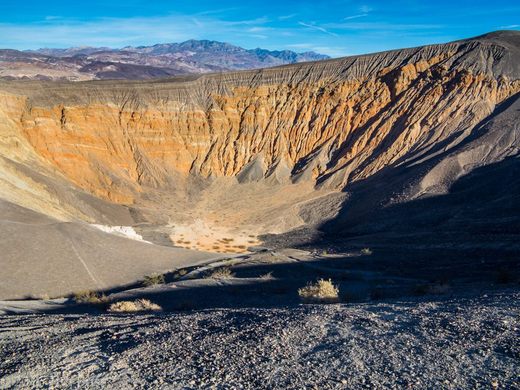
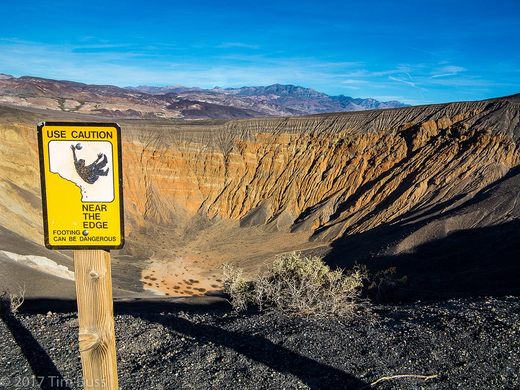
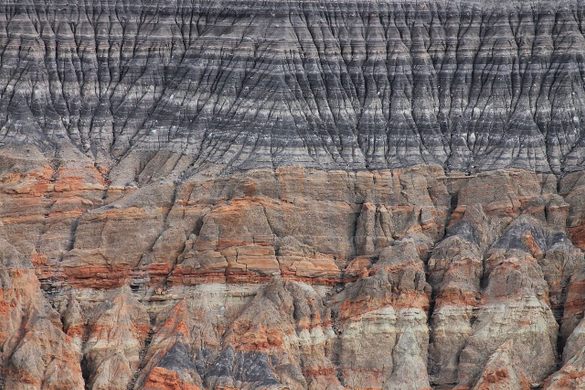
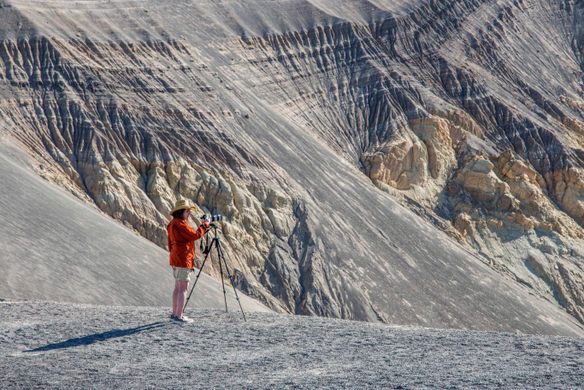
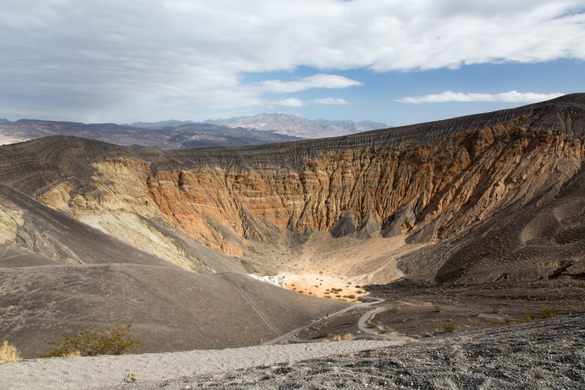

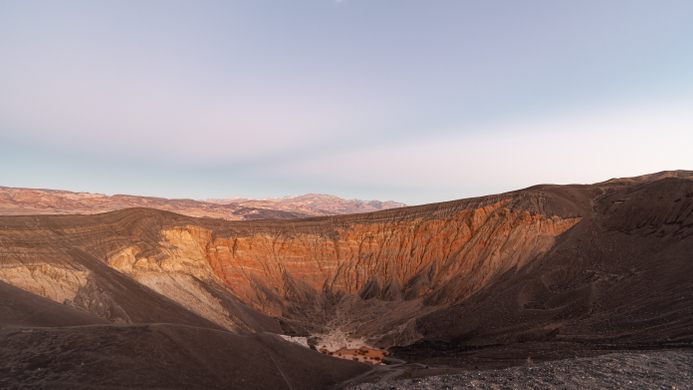




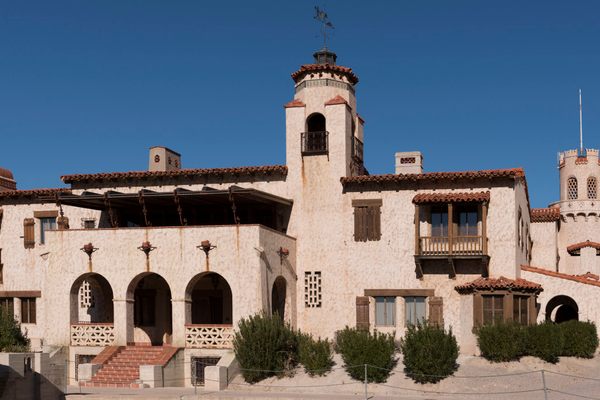




Follow us on Twitter to get the latest on the world's hidden wonders.
Like us on Facebook to get the latest on the world's hidden wonders.
Follow us on Twitter Like us on Facebook